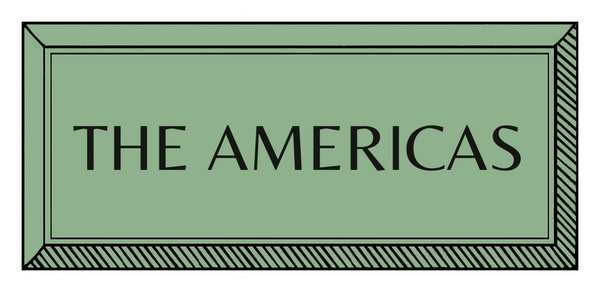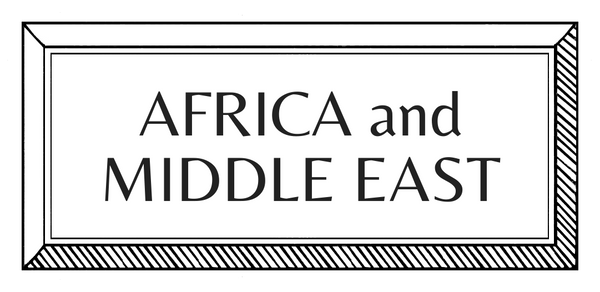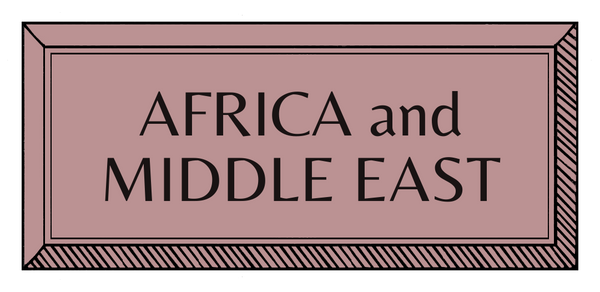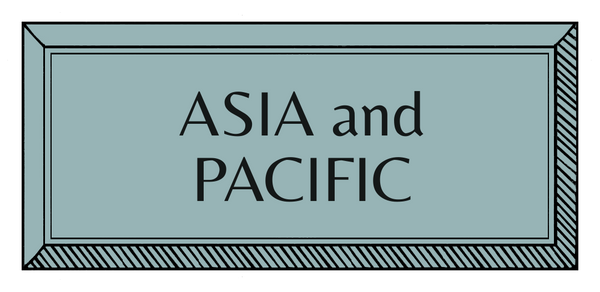CRAFT STORY | THE AMERICAS | USA | WEAVING
The Story of Washoe Baskets

Among the most exquisite and culturally resonant forms of Indigenous American artistry, Washoe basketry stands testament to ancestral knowledge, dexterous craftsmanship, and the intimate dialogue between maker and material. A new book by Rizzoli celebrates a technique that has always been present in American collections, revealing the profound meanings - linked to cosmology, family memories, and a strong sense of unity between utility and beauty - that Native women have infused into natural fibers for generations.
It is not so rare for baskets to be present in collections of archaeology and prehistoric art. Their preservation, however, is due to the obstinacy of those few who have fought to affirm the value of everyday objects within museums, and who have studied methods to preserve them effectively (using fans and temperature regulators, for example).
In this panorama, Nevada occupies a place of honor: not only have fibrous fabrics from 8,000 years ago been found on its lands (thanks to the dry climate of the Great Basin that allowed the survival of plant materials), but the women of the local tribe, the Washoe, are credited with some of the most beautiful and singular examples in the history of weaving.
From the very beginning, basketry played a prominent role in supporting the daily life of the Washoe, serving as a tool in the various stages of self-sustenance: harvesting, processing, preparation and storage. Baskets were used to carry water, or camping supplies, or children. In different shapes, they could be used to prepare or serve food. And at the same time, as we read in Ann M. Wolfe's book, published by Rizzoli, these baskets "were beautiful to look at, and items that reflected both the individual identities of their weavers as well as the weavers’ adherence to the traditions of their ancestors".

Archival image of Native American Washoe baskets © Rizzoli
Enjoying a high regard within the community, baskets were credited as one of the elements that reconnected man to the nature and the land that hosted him. As universally appreciated objects, however, they became a commodity of exchange with neighboring tribes. It is between the second half of the 19th century and the beginning of the 20th century that a more imaginative style emerges, with an almost spherical shape and intended more for display than for daily use.
The abundance of elaborate designs, polychromy and refinement in the composition did not fail to attract the attention of collectors, and it is in this era that the role of the author began to be emphasized. Artist-craftspeople began to acquire a sort of celebrity, as in the case of the weaver Louisa Keyser, who is responsible for the creation of at least 120 incredibly refined baskets.
It was always women who made the baskets, using two techniques – twining and coiling. Both involved passing one or more flexible elements (wefts) around one or more rigid elements (warps) so that the two combined interlock to form a type of fabric. The favored material was willow, and the weavers had a mental map of the best places to gather it, returning year after year and making sure that the trees received the care they needed to grow strong and in the most suitable shape.
Variations in willow colors were also obtained by different curing methods, such as leaving it out in the sun, or peeling the bark from the split stems at different times of the year. In addition to willow, other plant fibers were used to provide extra strength to baskets and for decoration, including chokecherry, bitter cherry, serviceberry, Wood’s rose, and Western redbud. Bracken fern rhizomes, which were laboriously dug in the Tahoe Basin and adjacent high meadows, were used for black, especially after being adequately aged and their color enhanced by burying them in mountain mud.
Washoe people spent days, weeks, months, and years at Lake Tahoe and elsewhere caring for, harvesting, preparing, and weaving plant fiber into a variety of shapes geared to specific tasks. Today, Washoe people carry on the traditions of their ancestors and encourage younger generations to do the same.
Programs related to Washoe language preservation, basket weaving, fishing, and other traditional activities are offered and encouraged through the Culture/Language Resources Department of the Washoe Tribe of Nevada and California. Special access is also granted in areas around the lake where Washoe people continue to gather native plants and other resources. The Nevada Museum of Art recently received a donation of over 350 Native American baskets from Larry Dalrymple and Steve Moreno, who spent 45 years acquiring baskets, personal histories, and photographs from weavers.
In conjunction with this important acquisition, which makes available an assortment of stunningly beautiful baskets, Ann M. Wolfe's book immortalises this unique craft.

- - - - - - - -
Words by Sara Pierdonà
Written in collaboration with Ann M. Wolfe, Chief Curator at the Nevada Museum of Art, along with excerpts from the book: “The Fine Art of Washoe Basketry.”
All images from the book: The Fine Art of Washoe Basketry, published by Rizzoli.

















































